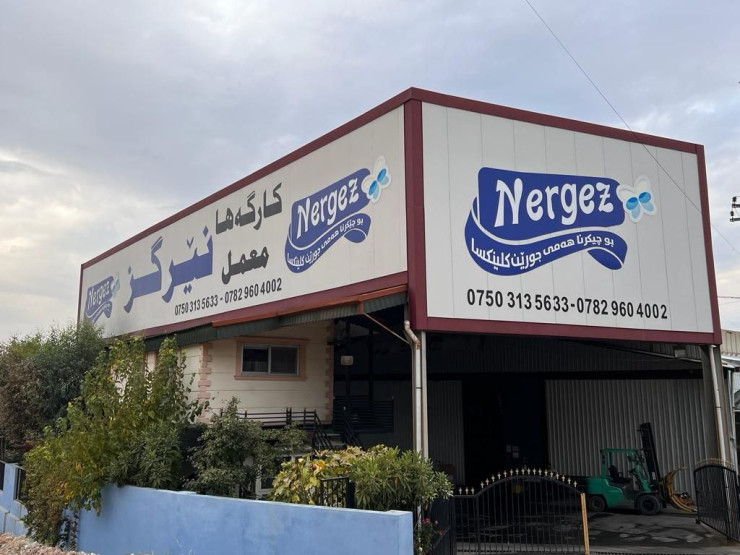Growing worldwide demand for tissue products attracts new players and encourages existing wood fibre manufacturers to reorient their production. How do you manage the new challenges brought about by entering a fast-moving consumer goods business?
With tissue demand predicted to grow around 4 percent year-on-year up to 2025, one of the fastest-growing wood fibre businesses, many existing mills are retooling for tissue production, and new players are entering the market.
To reach sufficient scale to obtain profitable market share, as well as increase the industry’s negotiating power regarding both raw material producers and the retail market, consolidation within the industry is expected to gather pace.
New lucrative business, but with faster pace and cost pressures
Three factors are particularly relevant in the tissue industry.
- Tissue is consumer business where sustainability is leading trend.
- Tissue products are fast-moving consumer goods – 65% are sold to consumers. Especially, new entrants need to adapt to moving at a faster pace.
- The predominance of the consumer market requires preparedness to produce and sell enough at lower margins.
A make-to-stock business, as tissue is, requires accurate and fast demand forecasting. This is compounded by the need to react quickly to rapid changes in demand.
Production optimization is of utmost importance. The most crucial things to focus on are runnability because most tissue mills also convert the product, and processing line optimization.
Tissue business and sustainability
Since Tissue is pretty much consumer business and consumers are ecologically conscious nowadays, their buying decisions direct producers towards sustainable operations.
It is not only about the sustainability of the end product, like reducing packing materials or replacing plastics in wrappings etc. Quest for sustainability must also cover production and raw materials.
In practical terms, when you get more yield from your production and consume less resources to do that, high production efficiency supports your sustainability targets.
Obviously, getting more with less is not only about sustainability but also impacts to profitability.



